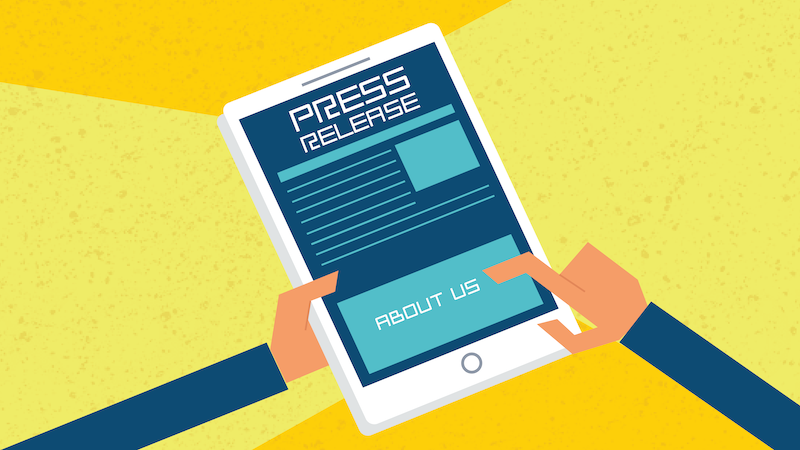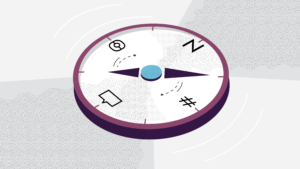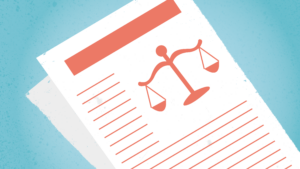Writing A Stellar Boilerplate
Among the important building blocks of every press release – along with a catchy headline, informative summary, dateline, newsworthy message, clear source, and specific media contact – a good “About” statement, called boilerplate in the industry, helps tell the full story to your media and customer audience. This paragraph usually is set apart with a boldface heading (company name, or “About Company XYZ”). In addition to that, outlines the company’s products, services, clients, awards, it’s purpose and positioning, and often, its size, key locations, and website and social media accounts. In this article, writing a stellar boilerplate will be our topic to discuss.
A well-written and informative boilerplate – also known as the ‘About Us’ paragraph – brings consistency, clarity, and SEO to every press release.
One objective of writing a stellar boilerplate is for it to be another avenue for media to be able to find other releases related to a company or idea, which may result in follow-up articles.
The boilerplate text is standardized. Used on every press release with little to no change. You might make a few minor tweaks for different releases. But the overall text remains largely the same. If a company changes its boilerplate copy, it’s usually just to update some facts. It’s best to keep the length around 50 words.
Keep in mind that journalists go through dozens of press releases every day. By standardizing the “About” text, you add much-needed consistency and clarity to your press releases. Since the boilerplate remains the same, it cues journalists into your company’s description across different releases. It makes journalists’ jobs easier and helps them remember your company better.
SEO AND BOILERPLATE
Another benefit of a well-written company boilerplate is SEO. Although, it may be deleted by news organizations, often it will be published and therefore repeated across all your press releases subsequently published by hundreds of sites. Adding target keywords in the text ensures that your business name gets associated with the right keywords. Search engines like Google and Bing will start associating your company name with a keyword if they see the two placed together consistently. Adding keyword-rich links in the boilerplate confers added SEO benefits.
Standardized boilerplate makes it easier for journalists and customers to find all the latest news on your company. They can simply search the internet for your boilerplate text. And find all press releases you have posted. Using the same boilerplate on your press releases as on your website “About Us” page and business listings on other websites and social media accounts adds even more constancy and media recognition.
LINKS AND KEYWORDS
Additionally, adding relevant keywords with hyperlinks throughout the copy of the press release as well as in the boilerplate ensures that journalists can find your release when searching through a press release database. For example, link your company website to the first reference to your company name. Also, link a dedicated landing page to the first reference of the product’s name. Don’t go overboard and add links to every reference to the company and product. Only add links to the first reference and within the boilerplate. Include links to any studies or news reports you quote in your body copy.
But keep in mind that too many links come across as spammy. And many websites limit the number of active links they allow. It’s also a good idea to provide a list of complete URLs at the very bottom of the release for reference. In case a keyword link gets damaged along the way.
The company boilerplate always goes at the bottom of the press release. Every press release should include the following elements in this specific order:
- Catchy headline
- Sub-headline: Short summary of the press release’s main points
- Dateline (city, state, release date)
- Body copy
- Boilerplate or “About Us”
- List of links included in the press release
- Specific media contact, including name, title, direct phone and email address
Following is an outline of the content that professional company boilerplate should include.
- Company Name
- Locations
- Years in business (or year founded)
- Name of founder or current top executive, years of experience in the industry
- Top products/services
- Short mission statement
- Website/toll-free phone number
To see examples of the boilerplate content used by major companies across the U.S., search their websites. Most major companies include a newsroom or media page on their websites that includes all their press releases. So it’s easy to find examples of a boilerplate to emulate. The “About Us” page on websites is also a good place to review boilerplate content for ideas on how to create your own.
WRITING A STELLAR BOILERPLATE – THE NEXT STEP
Target journalists who specialize in your industry with the unique tools Faselis provides. Writing an excellent press release is the first step. Now you must reach the inbox of all the right media outlets. Faselis connects your content with all the right journalists, from industry-specific media outlets to local regional and national news organizations.
by Jill McCoomber








